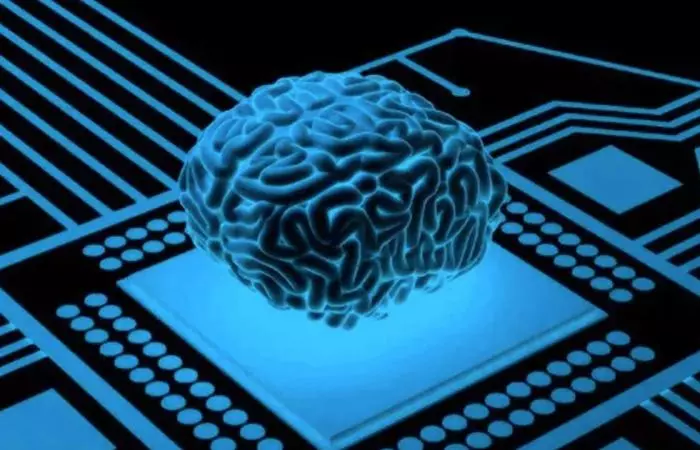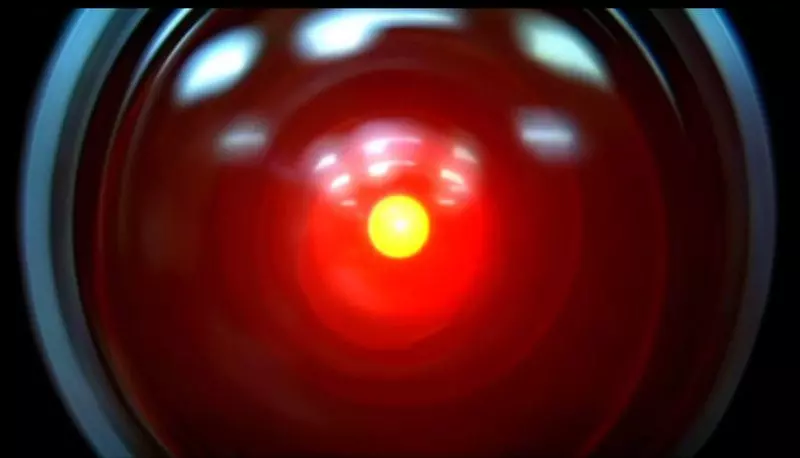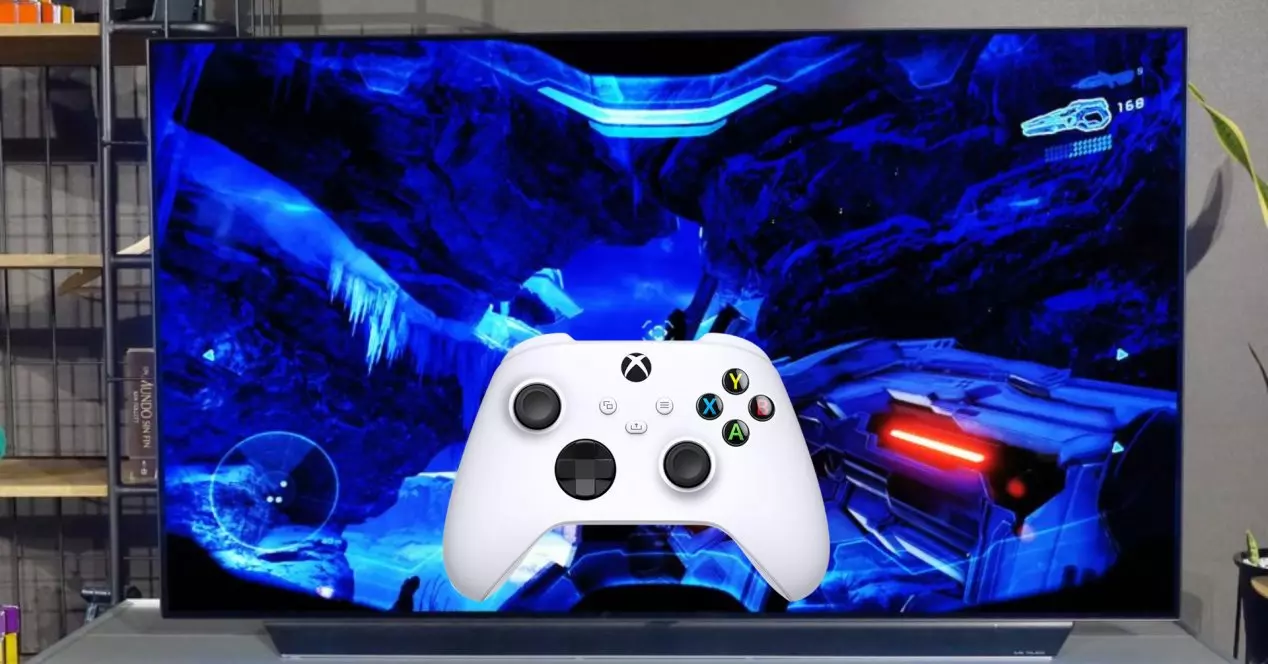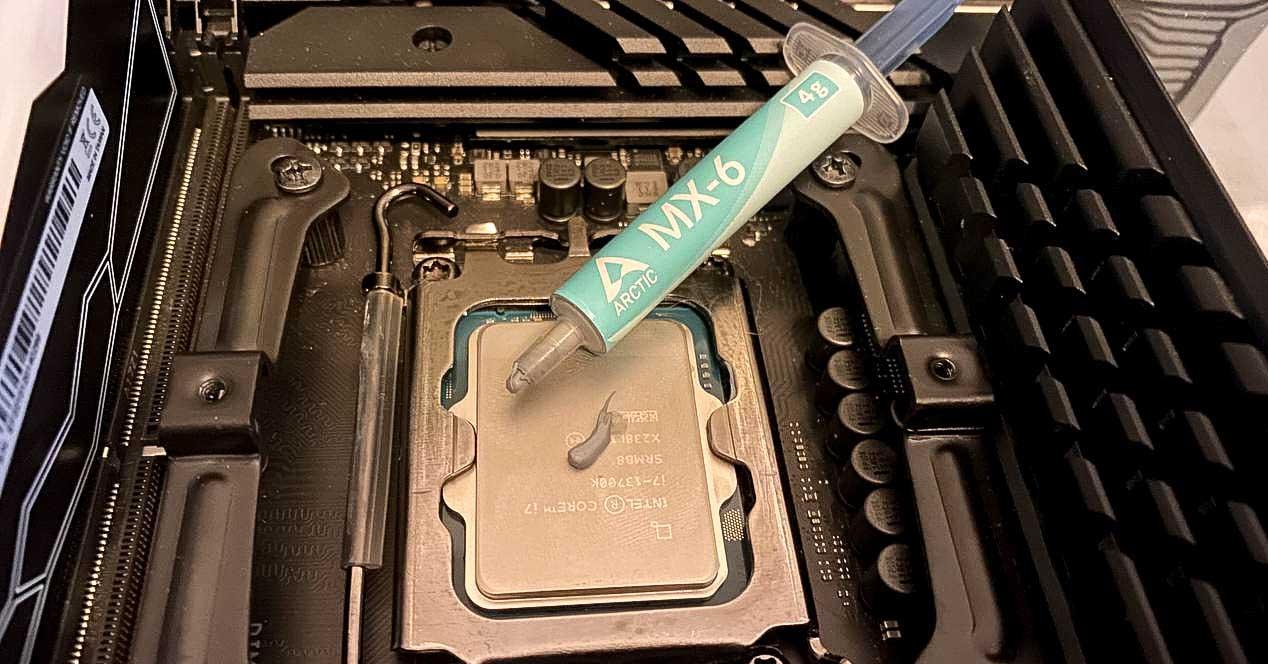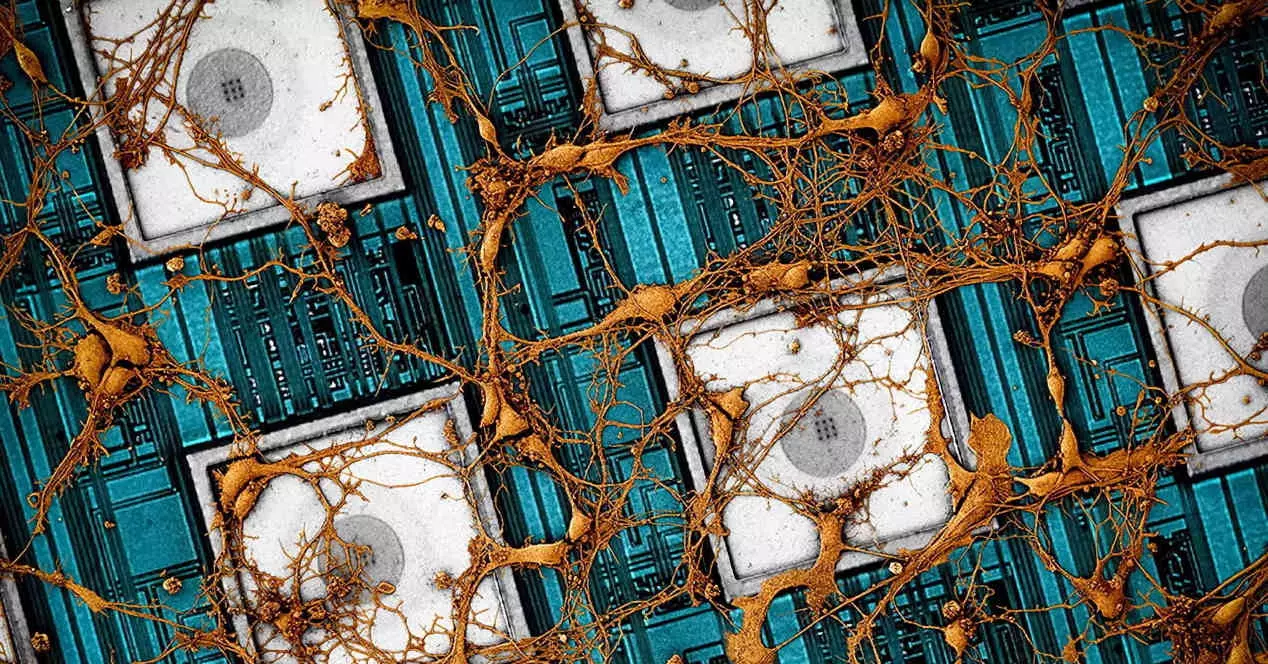
One of the most important challenges in the world of artificial intelligence is that of self-learning, in which from a first glance of information this allows the system to learn directly.
Our brain is advanced enough to learn about our environment from a few samples of information, but this is not the case with the AI systems used for example for automatic driving, since they end up needing not a few, but even hundreds and thousands. of information samples to draw a conclusion.
This means that training for certain tasks in an AI system requires a great deal of man-hours, not to say even weeks, months and even years. Hence, self-learning has become the philosopher’s stone for many companies.
Samsung wants to map the human brain on a chip
Samsung’s solution in collaboration with Harvard University consists of literally copying the structures of the human brain related to learning and capturing information on a chip. Something that they would achieve through the use of an array of nanoelectrodes developed by the teachers HonKun Park and Donhee ham Those who seek to create a high-density 3D network composed of solid-state memory cells, which have not yet stated what type they can be, since they will not only use NAND Flash memory, but also ReRAM.
So the idea is none other than to create a neural map of the entire human brain, which is a titanic task if we take into account the more than 100,000 million neurons on average that the human being has and that without counting the synaptic connections that exist between them. The idea is none other than the creation of a processor for AI with the capacity for learning and improvement that a human brain has. The idea is that each cell in the neural network is programmed so that its conductivity represents the strength of certain specific neural connections.
The fact of mapping the functioning of the brain or part of it to create solutions for learning is not new, we have already seen how very simple biological models have been adapted in the so-called computer vision so that computers can see and therefore extract information so that they can predict or classify the data. The problem comes when we talk about using the human brain as a reference, about which we hardly know anything and we do not know if certain elements of behavior and morals have to do with the way in which neurons interact.
Are the terrors of science fiction approaching by this project?
If there is something that is a reality, it is neurodiversity, we do not all have the exact same brain and we do not know how it could react on a Samsung chip. Although we doubt that they can do it on such a small scale, the first thing that comes to mind is Skynet from the Terminator saga.
We do not know what they are going to use the design for once they have it completely finished or if they are going to get it, since the complexity of the project is enormous, but what is clear is that announcements like this make us ask if it is a good idea, since we do not know what mechanisms are those that give us our own conscience.
